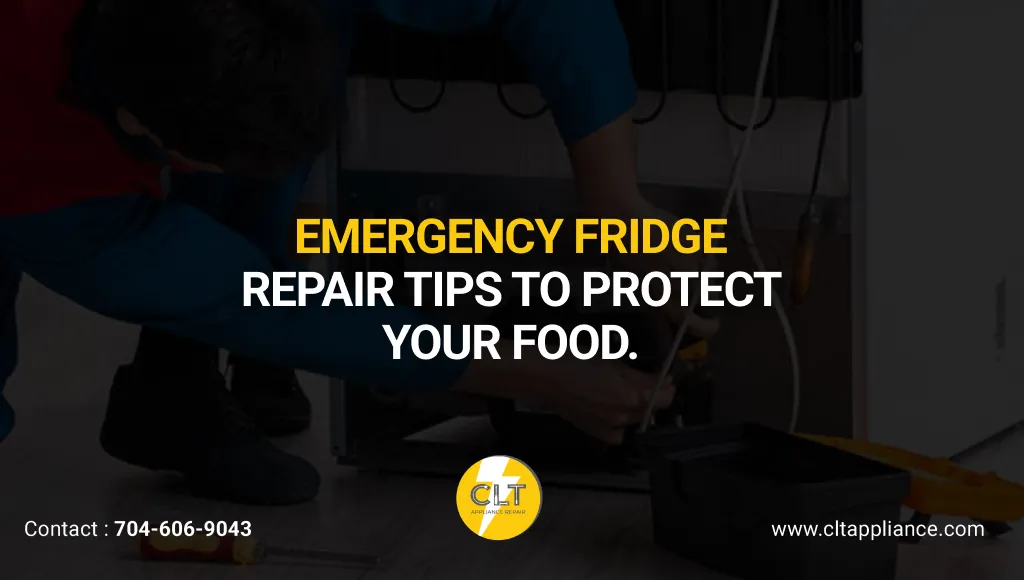Ever found yourself staring down a sink with a garbage disposal, wondering if you’re about to make a costly mistake? You’re not alone. That food waste disposer under your sink can be a real kitchen lifesaver, but when it goes wonky, it can turn into a real headache.
But why do you need to worry when there are so many DIY fixes out there? Yes, we’re talking about the safe ones that have seen successful outcomes.
The Lowdown on Garbage Disposals
Let’s first talk about what these handy devices actually do. A garbage disposal, or food waste disposer, is like a tiny trash compactor sink. It grinds up food scraps into tiny pieces that can easily flow through your plumbing. Pretty neat, right?
But here’s the thing: like any hardworking kitchen appliance, your garbage disposal needs a little TLC to keep running smoothly. The good thing is, you were probably searching Google for “how to fix garburator” and ended up on the one page that will definitely get your confidence up in your do-it-yourself garbage disposal repair skills. So, get ready.
Garbage Disposal Do’s: Keeping Your Disposer Happy
- Use Cold Water
Always run cold water when operating your garbage disposal. Cold water helps solidify grease and oils, making them easier to grind and preventing clogs in the food waste disposer. Hot water can melt fats, leading to sticky clogs down the line. - Run It Regularly
Even if you don’t have food waste to dispose of, run your disposal regularly. This practice prevents rust and corrosion, keeping your unit in top shape. It’s also a good way to ensure that any leftover food particles are ground up and flushed away. - Grind Citrus Peels
Grinding small pieces of citrus peels, like lemon or orange, can help freshen your unit and eliminate odors. The natural oils in the peels also clean the disposal blades, keeping them sharp and effective. - Cut Food Scraps
Before feeding scraps into the disposal, cut larger pieces into smaller ones. This simple step reduces strain on the unit and helps prevent jams. - Clean Regularly
Clean your garbage disposal regularly using a mixture of baking soda and vinegar. Pour baking soda down the disposal, follow it with vinegar, and let it fizz for a few minutes before rinsing with cold water. This not only cleans the unit but also helps eliminate any unpleasant odors.
Garbage Disposal Don’ts: What Not to Do
- Don’t Overload
Avoid dumping large amounts of food waste into the disposal at once. Overloading can cause jams and put unnecessary strain on the motor. Feed waste gradually to allow the disposal to work efficiently. - Avoid Non-Food Items
Never dispose of non-food items in your garbage disposal. This includes grease, oil, bones, and fibrous vegetables like celery, which can wrap around the blades and cause damage. Stick to food scraps that can be easily ground. - No Hot Water
Do not use hot water when grinding food waste. As mentioned earlier, hot water can melt fats, leading to clogs in the disposal and pipes. Stick to cold water to avoid this issue. - Avoid Harsh Chemicals
Refrain from using harsh chemicals to clean your disposal. These can corrode the metal parts and lead to costly repairs. Stick to natural cleaning methods like the baking soda and vinegar combo mentioned earlier. - Don’t Turn Off Too Soon
Let the motor run until all the food waste is completely ground up. Turning off the disposal too soon can leave waste in the unit, leading to clogs and unpleasant odors.
How to Fix a Garbage Disposal: DIY Repair Tips
So, your disposal’s acting up. Before you panic and call in the pros from CLT Appliance Repair in Charlotte NYC, try these simple steps on how to repair garbage disposal:
- Check the Power
Ensure that the disposal is plugged in and the circuit breaker hasn’t tripped. If there’s no power, the unit won’t operate, and this is often the simplest fix. - Press the Reset Button
Locate the red or black reset button on the bottom of the unit. If it has popped out, press it back in to reset the disposal. This can often resolve minor electrical issues. - Manual Grinding
If the disposal is jammed, use a hex wrench to manually turn the grinding plate. Insert the wrench into the hole at the bottom of the unit and turn it clockwise and counterclockwise to free the jammed debris.
How to Use a Garbage Disposal Properly: Best Practices
Using your disposal correctly can prevent a lot of headaches down the road. Do it right:
- Water is your friend: Run cold water before, during, and after using the disposal. This helps everything flow smoothly.
- Slow and steady: Feed waste gradually to avoid overloading the unit.
- Know your limits: Stick to appropriate food scraps and avoid non-food items or problematic foods.
- Keep it clean: Regular cleaning prevents odors and buildup. A clean disposal is a happy disposal!
How to Empty a Garbage Disposal: Dealing with Clogs
If your disposal backed up, you need to know how to empty a garbage disposal:
- Turn Off Power
Always turn off the power to the disposal before attempting to empty it. This prevents accidental injury. - Remove Debris
Use tongs or pliers to remove any visible debris. Never use your hands, as the blades can cause injury even when the power is off. - Plunge It
If the disposal is clogged, try using a plunger to dislodge the blockage. Plunging can often resolve minor clogs without needing to remove the unit. - Disassemble If Necessary
For stubborn clogs, you may need to unhook the garbage disposal and clean it thoroughly. This is more advanced but can be done with the right tools and patience.
How to Remove a Garbage Disposal: Step-by-Step Guide
Sometimes, you need to take out the whole unit. This is how to remove food disposal or garbage disposal:
- Disconnect everything: Start by turning off the power and disconnecting the plumbing.
- Find the mounting ring: Locate this at the top of the disposal.
- Twist and shout: Turn the mounting ring counterclockwise to loosen and remove the unit.
- Reverse for installation: If you’re replacing the unit, just follow these steps in reverse order.
No Disposal? No Problem! How to Clean a Sink Without Garbage Disposal
For those without garbage disposal, keeping the sink clean can still be a breeze. You just need a little knowledge on how to clean the sink without garbage disposal:
- Use a Sink Strainer
A sink strainer catches food particles, preventing clogs. Empty it regularly to keep your sink drain clear. - Baking Soda and Vinegar
Clean the drain with a mixture of baking soda and vinegar. This natural cleaner is effective at removing buildup and odors. - Boiling Water
Pour boiling water down the drain weekly to help dissolve any grease or buildup in the pipes. - Plunger or Drain Snake
For clogs, a plunger or drain snake can be effective tools. These are simple yet powerful methods for keeping your sink drain flowing freely. - Enzymatic Cleaners
Consider using enzymatic drain cleaners for regular maintenance. These cleaners are gentle on your pipes and effective at breaking down organic material.
The Bottom Line
Your garbage disposal can be a real kitchen MVP, but only if you treat it right. These guidelines can help you keep your disposal running smoothly and avoid those dreaded plumbing emergencies.
But for when there is an emergency you can’t deal with, CLT Appliance Repair in Charlotte NYC will always be one call away.
Read About: Fridge & Freezer Maintenance Tips
Author

- John Bennett
- John Bennett is a seasoned appliance repair specialist at CLT Appliance Repair, where he brings over a decade of technical expertise and a strong commitment to customer satisfaction. With a background in electrical and mechanical systems, John has built a reputation for reliable, efficient, and honest repair services across a wide range of household appliances-including refrigerators, washing machines, ovens, and more.









